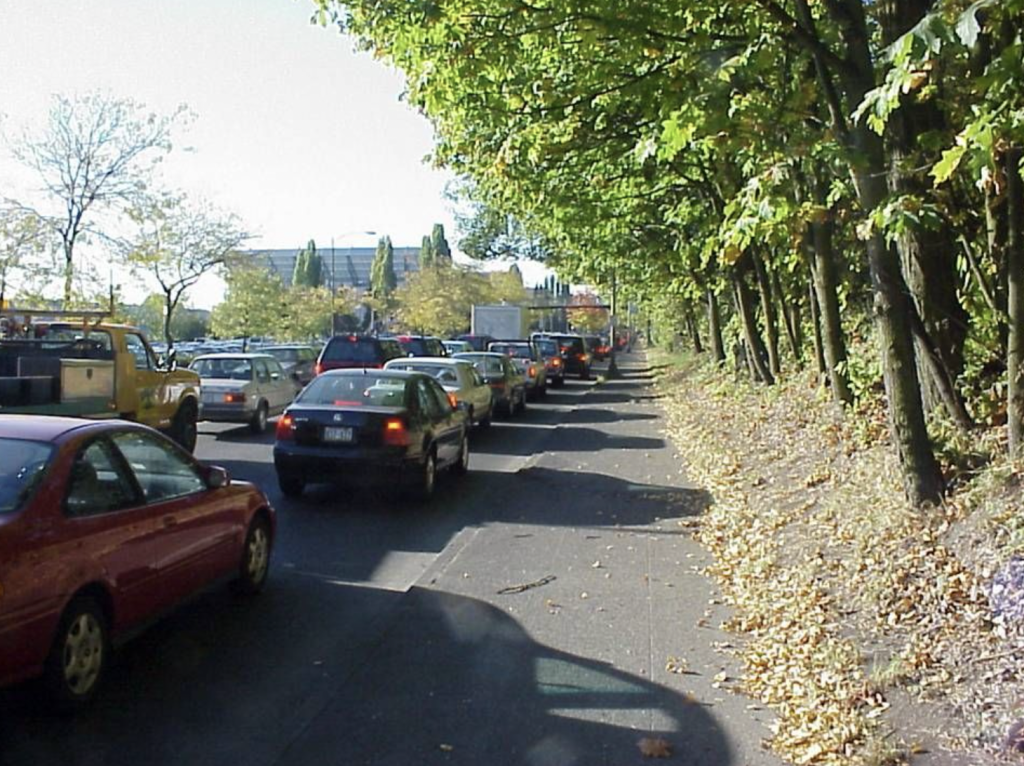We’ve all been there – waiting in long, winding queues to get into a shopping centre, a museum, or an amusement park. Such queues can put customers off, so many locations do their best to reduce the time people spend in them and one of the things they do to help is to turn to mathematics and something known as the Queuing theory.
This is a branch of mathematics that studies how queues form and the strategies that can be used to manage them. Businesses, transportation services, and many other types of organizations are now relying on queuing theory to manage the pedestrian traffic that enters and leaves their premises.
This article will provide an introduction to the queuing theory, explain how it is used to manage pedestrian traffic, and provide tips for implementing it successfully.
Introduction to the Queuing Theory
The queuing theory is a mathematical tool used to analyze and optimize the flow of customers, goods, or services in a queueing system. It is based on the assumption that customers arrive at a service facility according to a probabilistic process and that the service time of each customer is also probabilistic. The queuing theory then goes on to provide a framework for the understanding and predicting the behaviour of queues.
The queuing theory is used to optimize the flow of resources through a system. It can be used to manage the traffic in any environment, including pedestrian traffic. By understanding how queues form, how they can be efficiently managed, and how they impact customer experience, businesses can make informed decisions about how to improve their operations.
How the Queuing Theory is Used to Manage Pedestrian Traffic
The queuing theory is a powerful tool for managing pedestrian traffic. By understanding the behaviour of queues, businesses can develop strategies for improving customer experience and maximizing efficiency. The queuing theory can be used to analyze the flow of people in a variety of environments, including in stores, at airports, and in other public spaces.
One of the most common uses of the queuing theory for pedestrian traffic is to manage the flow of people through a building. This can be done by designing efficient queuing systems and establishing clear pathways for pedestrians to follow. Businesses can also use the queuing theory to analyze the behavior of pedestrians in order to make informed decisions about how to optimize the flow of people through a building, or even where to place billboards or food stalls.
For example, the queuing theory can be used to identify areas where congestion is likely to occur and help in the development of strategies to reducing it.
The Benefits of Applying the Queuing Theory to Pedestrian Traffic
By understanding how queues form and how they can be managed, businesses can develop strategies for reducing congestion and improving the flow of people. This can help to reduce customer wait times and improve customer satisfaction.
Queuing Theory Strategies for Managing Pedestrian Traffic
Once businesses have analyzed the behaviour of queues and identified opportunities for improvement, they can develop strategies for speeding up pedestrian traffic and reducing any bottlenecks, perhaps by employing extra staff or installing more access gates.
These strategies can include establishing clear pathways for pedestrians to follow, and setting limits on the number of people who can enter a building at any given time.
In addition to designing efficient queues, businesses can also use the queuing theory to develop strategies for encouraging pedestrians to move through the space quickly. This can include offering incentives such as discounts for those who move through the space faster than average.
Designing Efficient Queues for Pedestrian Traffic
When designing efficient queuing systems, businesses need to consider the layout of the available space, the number of people that need to be served, and the amount of time available for serving them. Additionally, businesses must consider the impact on the customer experience, which can include providing clear signage and using technology to manage the flow of people.
Queuing Theory Tools and Resources for Pedestrian Traffic
Businesses can use a variety of tools and resources to help them analyse and manage their pedestrian traffic. Some turn to software solutions while others prefer books to help them understand queuing theory and to develop strategies for optimizing the flow of people in or through their premises.
Conclusion
The queuing theory is a powerful tool for managing pedestrian traffic. It can be used to analyze the behaviour of pedestrians and to develop strategies for optimizing the flow of people through or in any building. Only by understanding how queues form can one start to develop ideas as to how they can be efficiently managed, and how they impact on the customer experience, can businesses make informed decisions about how to improve their operations.
In some cases the best solution is to install ‘speed lanes’ or ‘speed gates’, which could well use turnstiles to manage the flow of people. And if this is the case, then there is no better company to chat to than RecordUK. They have years of experience and offer the complete service, as they can both install and maintain any and all automatic doors on a premises.
Contact them today, I’m sure that they will be able to help you.




